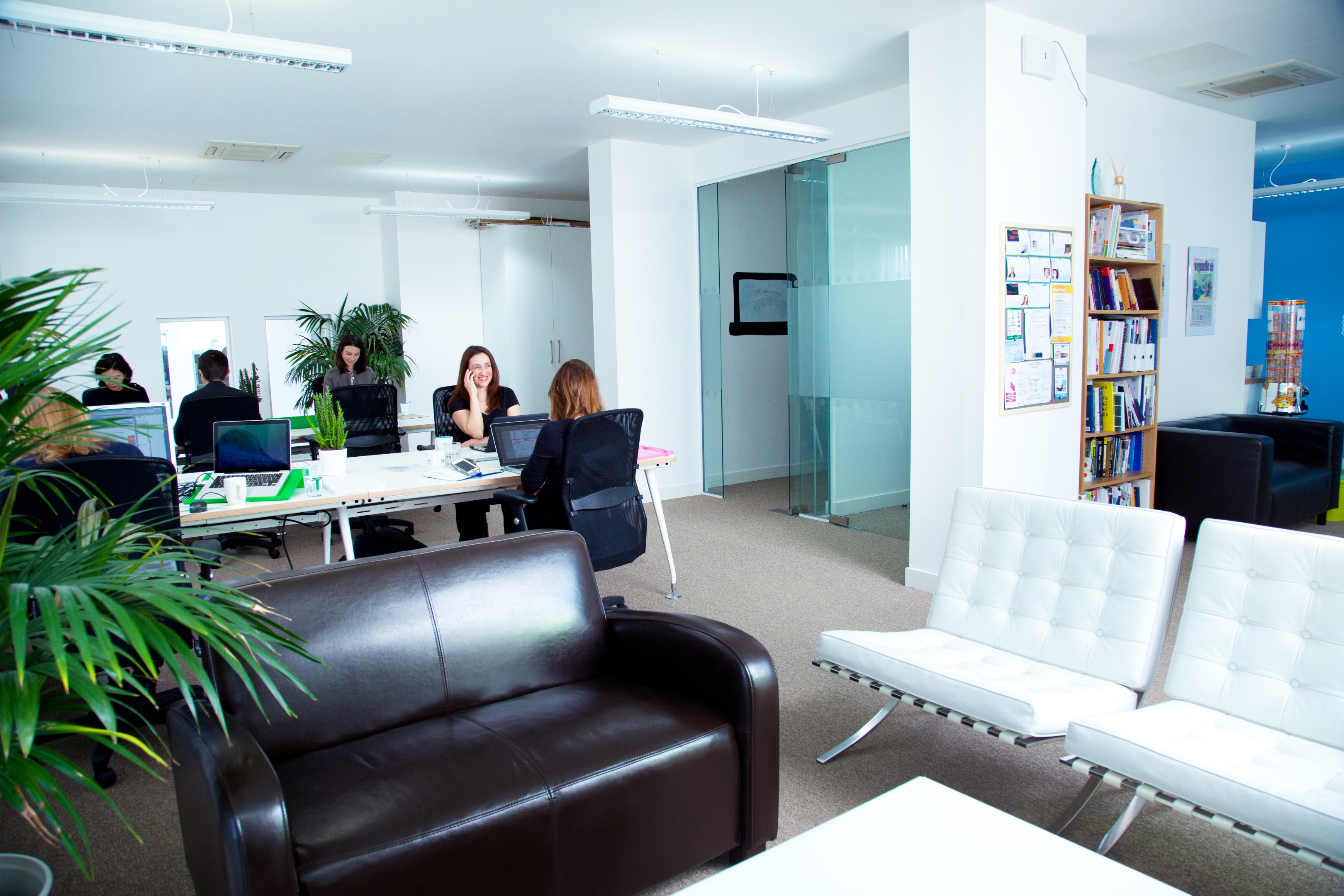From tech hubs and culinary spaces to freelance-friendly workspace and corporate communities, coworking has worked its way into a vast array of industries and become part of the furniture in the process.
But it seems there’s one tough nut coworking has yet to crack: Childcare.
Despite coworking’s flexible appeal and its popularity with entrepreneurial parents, there are surprisingly few combined solutions that cater to working adults as well as their young children.
Many have tried, often with mixed results. The earliest known combination of coworking + childcare was TwoRooms, launched by Elizabeth Kaiden in 2005. More recently, one of the best-known examples of combined coworking and childcare was NextKids, which launched in 2013. However, both ventures have sadly closed. According to branding consultant Carolyn Cirillo, who initially worked on the TwoRooms project, the demise of both facilities was largely due to problems with revenue and property lease terms.
No coworking space is immune to such problems, yet current research expects over 10,000 coworking spaces to be in operation by the end of 2016. As for day care crèche services, the scale of the industry is staggering.
A U.S. Census Bureau shows that the number of child care facilities in the U.S. in 2007 stood at 766,401 (not including home-based services). The number has continued to rise since then, and the Census Bureau claims that demand has been mostly driven by increased numbers of working women.
Surely there’s a golden opportunity for both coworking and childcare to join forces?
Opening the door to flexibility
 Shazia Mustafa thinks so. As Managing Director of Third Door, a combined workhub and nursery in London, she is one of very few coworking operators who appears to have hit upon a successful coworking + childcare formula.
Shazia Mustafa thinks so. As Managing Director of Third Door, a combined workhub and nursery in London, she is one of very few coworking operators who appears to have hit upon a successful coworking + childcare formula.
Now in its 6th year, Third Door began after Shazia met up with a friend during maternity leave to discuss new business startup ideas – but struggled to focus on the task in hand while looking after her child.
“We found it very difficult to get work done whilst looking after the children. We realised how great it would be if you could go somewhere to work and still have the kids close by.”
Two days later Shazia read about Cubes & Crayons, a combined coworking and crèche space in California, and began researching the industry.
“Eight years ago coworking was not as big as it is today. I visited as many as I could while my husband, who was studying for his MBA at Ashridge Business School, based his dissertation on the concept. We realised it was a good idea when he received a Distinction!”
Buoyed by the positive research, Shazia took voluntary redundancy from her job in 2009 and began applying for bank loans.
“It’s all about attitude”
“Unfortunately this was during the recession and our funding applications were rejected,” she said. “But I believe it’s all about attitude. We put everything into it – all our savings – and I decided that even if we lost everything, we would find a way to start again.
“We finally opened in 2010 and we’ve never looked back.”
 Third Door has enjoyed considerable success, which Shazia attributes to their flexible approach to childcare. On the nursery side, Third Door allows members to buy a package of hours, which can be swapped or topped-up as required. They have developed their own CRM system to keep track of their members’ usage and ensure they comply with strict Ofcom childcare rules at all times, such as the correct child:carer ratio.
Third Door has enjoyed considerable success, which Shazia attributes to their flexible approach to childcare. On the nursery side, Third Door allows members to buy a package of hours, which can be swapped or topped-up as required. They have developed their own CRM system to keep track of their members’ usage and ensure they comply with strict Ofcom childcare rules at all times, such as the correct child:carer ratio.
“It’s all about flexibility,” says Shazia. “We’re not a walk-in centre and members always have to commit to a package of hours up front, but we’re very flexible and thanks to our CRM system we can top-up or move things around relatively easily.”
Given the sheer demand for Third Door, why haven’t more coworking operators or nursery providers cottoned-on to the idea of a joint solution?
“If they know what they’re doing and they’re doing it well, why change?” says Shazia. “Some people outside of the industry are concerned about the childcare aspects, or they’re afraid that the flexibility won’t work. But I believe if you can think differently and if you’re open to trying something new, you can make it work.”
As for next steps, Shazia has taken great care to walk before learning to run, so to speak.
“We want to open a second hub and we’ve already had several opportunities. There are lots of ways we can expand, such as after-school clubs and weekend care. Right now we’re taking things step by step and holding out for the right opportunity.”
*Feature image grabbed from Third Door’s website.


 Dr. Gleb Tsipursky – The Office Whisperer
Dr. Gleb Tsipursky – The Office Whisperer Nirit Cohen – WorkFutures
Nirit Cohen – WorkFutures Angela Howard – Culture Expert
Angela Howard – Culture Expert Drew Jones – Design & Innovation
Drew Jones – Design & Innovation Jonathan Price – CRE & Flex Expert
Jonathan Price – CRE & Flex Expert













